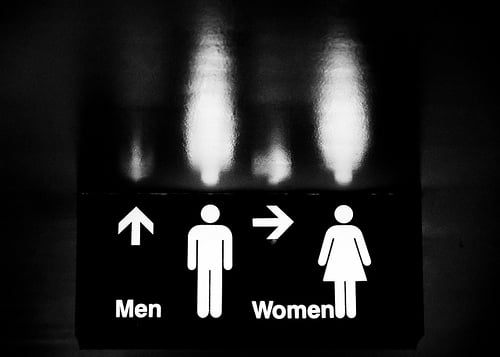New studies show that cataract surgery lowers crash risk, but only in men.
It is no secret that men and women see things very differently in life, whether it’s involving work, relationships or even the most simple of opinions. What can we say? The gender war of man vs. woman has been happening for centuries, and we may just never know which gender is the right one (and that may be for the better).
However, when it comes to man vs. woman, our opinions and actions are not the only thing that separates us from one another. A good majority of our body make up and senses are scientifically different, and this a large impact on our day-to-day actions and reactions. For instance, when it comes to vision, women have been proven to differentiate between colors much better than men. However, men show more sensitivity to detail and fast moving objects than their female counterparts.
Recent studies have also shown that the vision of men and women may be different following LASIK eye surgery. According to a study in Clinical & Experimental Ophthalmology, motor-vehicle accidents involving men decreased by 15.3% in the 12 months following cataract surgery but the frequency of postoperative crashes didn’t change significantly for women.
While men have always tended to report better outcomes from cataract surgery, this study is the first of its kind to examine gender differences in crash risk following surgery. According to the research in this particular study, by linking a road-injury database to hospital records, researchers were able to discover that 1,715 of the 27,827 cataract patients were involved in 1,762 accidents in the 12 months before or after surgery.
Of these patients, men were drivers in 1,124 of the crashes, of which 611 occurred before surgery and 513 after surgery. Of 638 crashes involving women, 330 occurred before surgery and 308 after surgery. The study also found that about 50% of the accidents involved drivers that were in their 70s.
So what is it exactly that separates female vision from male vision? Many scientists believe that the reason rests in the visual centers of each separate gender. For instance, men have 25% higher levels of testosterone receptors in their visual cortexes than women do―this is the area of the eye where images are processed. As a result, men’s visual systems are more equipped to perceive changes in brightness across space than women. This influences their ability to correctly read letters from an eye chart of recognize faces.
However, despite the differences in vision for both men in women, there is one significant area in which both genders can agree―the importance of maintaining eye and visual health through regular eye examinations.
If your vision is starting to decline with age, or you are starting to recognize the early warning signs of cataracts, be sure to contact OCLI to schedule a comprehensive eye examination today. Through regular eye exams early on, you can be sure that you will catch any serious vision problems before they significantly affect your future.
Image: Source | Research: Source
